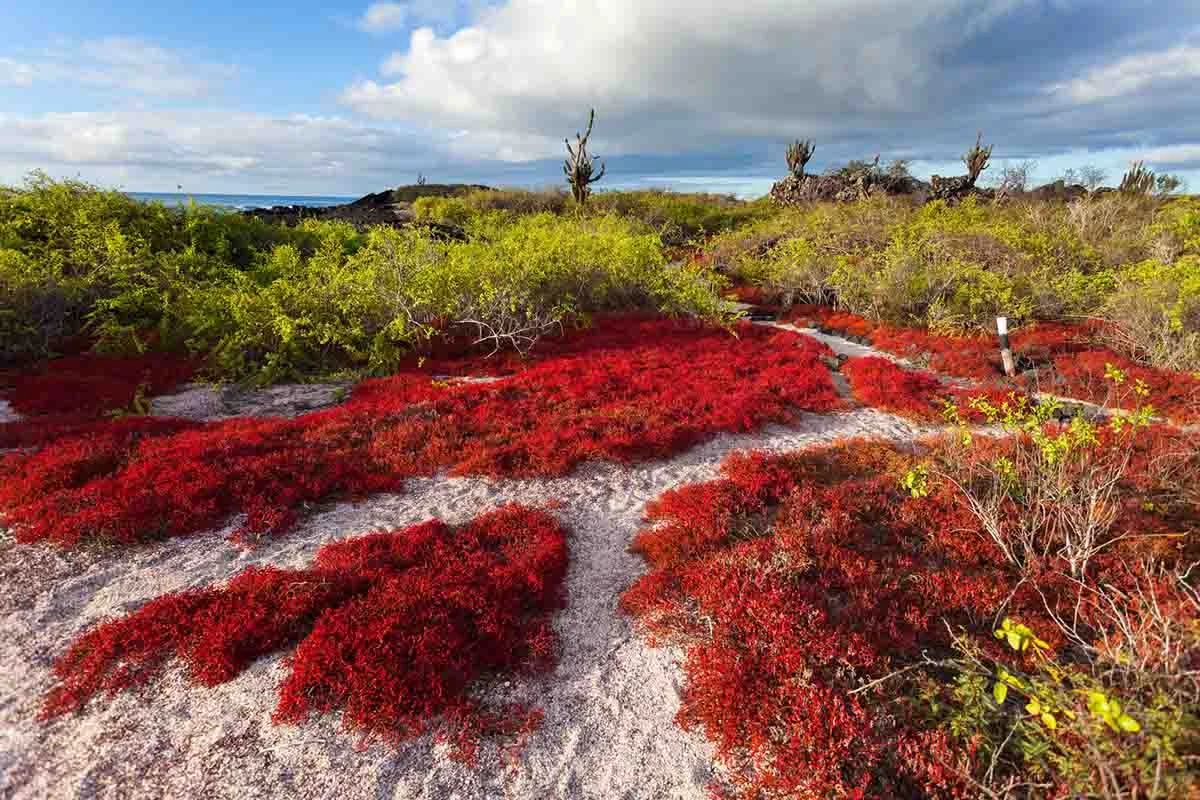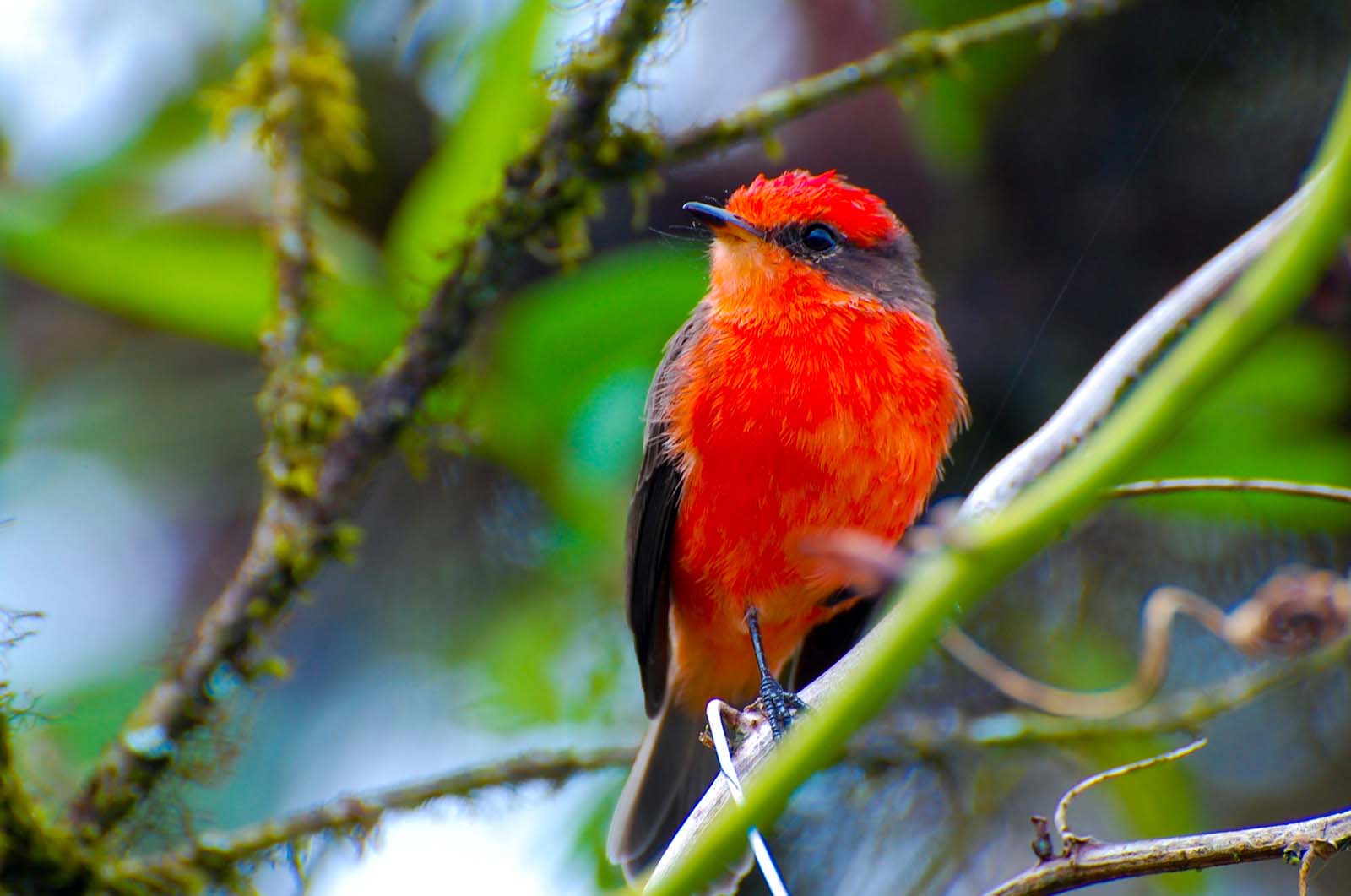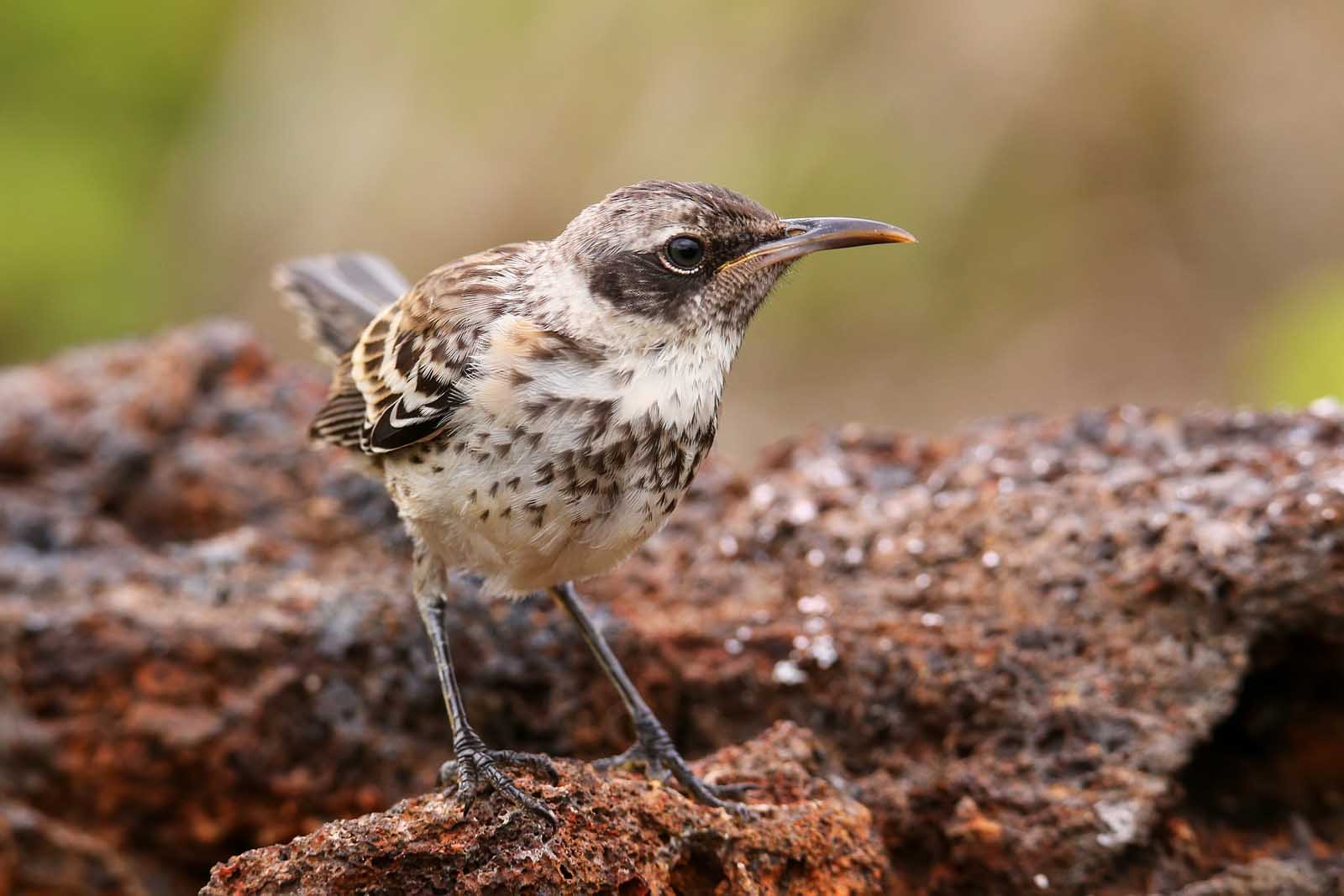
Restoring Floreana | Travel News
Floreana, which is the sixth-largest island of Galapagos, used to house some iconic Galapagos species, such as the Floreana racer snake, Floreana mockingbird and Floreana tortoise. Since then, its wildlife, once thriving, has been threatened by invasive species, like rats and feral cat. Floreana is being restored to its former glory.
Table of content
Floreana in numbers
There are 55 species of vertebrates listed as Vulnerable to Critically Endangered
Twelve species have been locally extinct including the Floreana Mockingbird
Galapagos Petrel is one of five critically endangered species.
The Issue
Globally, invasive species have been responsible for 86% of extinctions on islands. Floreana, in particular, has seen a significant negative impact on its native wildlife due to the introduction of invasive species like rats and feral cats. Currently, 55 native vertebrate species on the island are facing a range of threats, from Vulnerable to Critically Endangered status according to the IUCN Red List. Furthermore, 12 species have disappeared from the island entirely, including the Floreana mockingbird and Floreana racer snake. Experts have pinpointed Floreana as one of the top five islands worldwide where the removal of invasive mammals would greatly benefit threatened species, while also promoting sustainable economic growth in the local community, which consists of approximately 140 residents.
How We're Addressing the Challenge
GCT is providing support to Fundación Jocotoco, the Galapagos National Park Directorate, and various project collaborators in their efforts to carry out one of the most extensive and intricate eradication projects ever undertaken on an inhabited tropical island. The ultimate goal of this endeavor is to reintroduce species that have disappeared from Floreana, thereby aiding in the restoration of the island's ecosystem.
The process of eradicating invasive species is scheduled to commence with baiting in October 2023. Achieving this stage has demanded more than a decade of planning and the pooling of expertise for the Floreana island restoration project. This was necessary to minimize the risks to native species, domestic animals, and pets, as well as to ensure the well-being of the Floreana community. It has also involved strengthening management strategies to mitigate risks to wildlife from pets, livestock, and human activities, including initiatives like neutering campaigns, infrastructure enhancements, and stricter biosecurity regulations to prevent the return of rats. Collecting robust biodiversity data before the eradication is crucial, as it enables the measurement of the ecological impact resulting from the removal of invasive predators. This includes establishing baselines for invertebrates that will serve as essential prey for reintroduced land birds. GCT has been actively supporting activities in all these domains while also funding training opportunities for National Park rangers and young Ecuadorian researchers.
Fortunately, all 12 species that went locally extinct on Floreana can be found on other Galapagos islands. For example, the Floreana racer snake and Floreana mockingbird have managed to survive on nearby islets like Champion and Gardner-by-Floreana, where invasive species are absent. Among these species, the little vermilion flycatcher is the one that has generated the most excitement within the Floreana community, especially among older community members who still remember its striking red plumage. GCT has been involved in supporting research efforts across several species to inform future reintroduction plans. They will continue to assist their partners in ensuring effective coordination for the reintroduction efforts in the years to come.

Goals for the project
The programme is divided into three phases:
-
Mitigation: Ensure that humans, livestock and all other vulnerable species are protected adequately during the phase of baiting.
-
Eradication: Feral cats and non-native species of rats can be eradicated by targeted baiting.
-
Reintroduction: The repatriation and reintroduction of local extinct species, including the Floreana Mockingbird (or Floreana racer) or Galapagos Racer.

Check Our Suggested Tours:
- Discover the Galapagos Islands in a Cruise with Style
- Galapagos Isles Eastern Voyage 8-Day Relais Chateaux Luxury Cruise
- Itinerary A 5 Days
- 4-Day Galapagos Cruise to Eastern Islands: Your Ultimate Exploration Experience
- Galapagos Eastern Islands 8 day cruise Itinerary on board Ocean Spray
- Galapagos in Style Short Luxury Cruise

